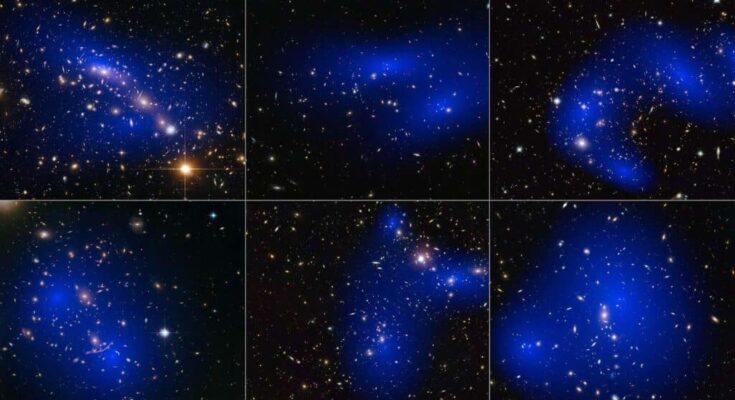
Scientists are working to understand dark matter, a mysterious substance that forms most of the universe’s mass. This is one of the biggest challenges in science today.
Recent findings from LUX-ZEPLIN (LZ), the most sensitive dark matter detector in the world, have helped limit theories on what dark matter might actually be.
Specifically, scientists are focusing on a type of particle called WIMPs, which stands for weakly interacting massive particles, as reported by Phys.org.
LZ, a project led by the Department of Energy’s Lawrence Berkeley National Laboratory, is searching for dark matter deep underground in South Dakota. The experiment takes place almost a mile beneath the surface at the Sanford Underground Research Facility.
The latest findings from this experiment have explored even fainter interactions of dark matter than ever before, helping to narrow down the possibilities of what WIMPs could be.
With over 1,000-day sensibility test, a group of global scientists completed a test run on the LUX-ZEPLIN (LZ), proving it to be the most sensitive detector for the mysterious dark matter so far, and the LZ team is getting ready to turn it on for operation. pic.twitter.com/DtOyQ8qzyo
— China Science (@ChinaScience) July 11, 2022
Chamkaur Ghag, who represents the LZ project and is a professor at University College London, highlighted the significant advancements made in the search for dark matter and WIMPs. He explained that the recent findings are a major step forward, with the detector and research methods performing even better than expected.
Ghag also mentioned that if WIMPs were present in the area they studied, the team would have been able to detect them clearly. He expressed confidence that they now have the right tools and sensitivity to continue the search as they explore further and gather more data throughout the experiment.
Experiment to conclude in 2028 by collecting 1,000 days of data
The research team did not find any signs of WIMPs, the particles they are looking for, with a mass greater than 9 gigaelectronvolts per c2 (GeV/c2). To put this into perspective, a proton’s mass is slightly less than 1 GeV/c2.
The high sensitivity of the experiment allowed researchers to rule out certain models of WIMP dark matter that do not match the data, narrowing down the possibilities of where WIMPs could exist.
These findings were shared on August 26th at two physics conferences: one in Chicago, Illinois, called TeV Particle Astrophysics 2024, and another in São Paulo, Brazil, known as LIDINE 2024. A detailed paper on the results is expected to be published soon.
The analysis covered data collected over 280 days. This includes 220 days of new data gathered between March 2023 and April 2024, combined with 60 days of data from LZ’s first run. The experiment aims to collect a total of 1,000 days of data before concluding in 2028.
Scott Kravitz, LZ’s deputy physics coordinator and a professor at the University of Texas at Austin, compared the search for dark matter to looking for buried treasure. He explained that the team has dug nearly five times deeper than previously
Kravitz emphasized that this progress wasn’t achieved by simply increasing the effort but by creating and using new, advanced tools.



